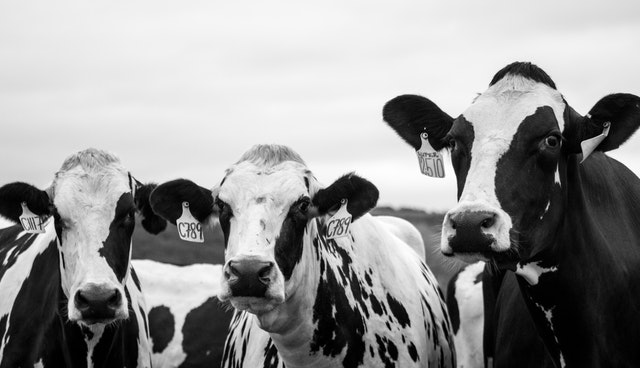Australian dairy farmers are unlikely to be able to capitalise on forecast growth in the global dairy market over the next five years.
Declining Australian milk production means local farmers will miss out on big demand for dairy products anticipated from China and South-East Asia.
European food and drink research organisation Gira has forecast global dairy consumption to rise 126.7 billion litres milk equivalent within five years from today’s level of about 650 billion litres milk equivalent.
More than 75 per cent of that is in India and Pakistan, both of which are largely self-sufficient in production.
Excluding those two countries, Gira estimates consumption growth in the rest of the world over the next five years to be 31.5 billion litres milk equivalent, about three times Australia’s current production.
Gira consultant Earl Rattray said many dairy producing countries would be able to meet their own requirements but deficits would appear in others, particularly in China and South-East Asia.
Mr Rattray said South-East Asia and China would produce about 3.2 billion litres more milk by 2023, but still be left with a 6.3 billion litre shortfall.
He said the US and European Union were expected to produce 15 billion litres more milk by 2023 but 11 billion litres of that would be consumed domestically, leaving the rest for export markets.
Australia was unlikely to fill the gap in milk deficit countries on its doorstep.
“In milk deficit markets, drinking milk, and especially manufactured dairy products, are often made from imported ingredients because there isn’t enough local milk supply to make them,” Mr Rattray said.
“It is the supply of longer life dairy ingredients — milk powders, cream products, butter, anhydrous milk fat and ingredient cheese — into these milk deficit countries that is the issue.
“Australia’s dairy processors are making less of them and more of what they do manufacture is being consumed at home.”
Mr Rattray said Australia had made significant investment in fresh milk processing assets for both domestic and export markets.
“But exporting more fresh milk requires year-round milk supply, which doesn’t come without additional on-farm, supply chain and in-market cost,” he said.
Recommended reading: Dairy Export Slow as Production Drop Bites.
Original article sourced from https://www.weeklytimesnow.com.au



